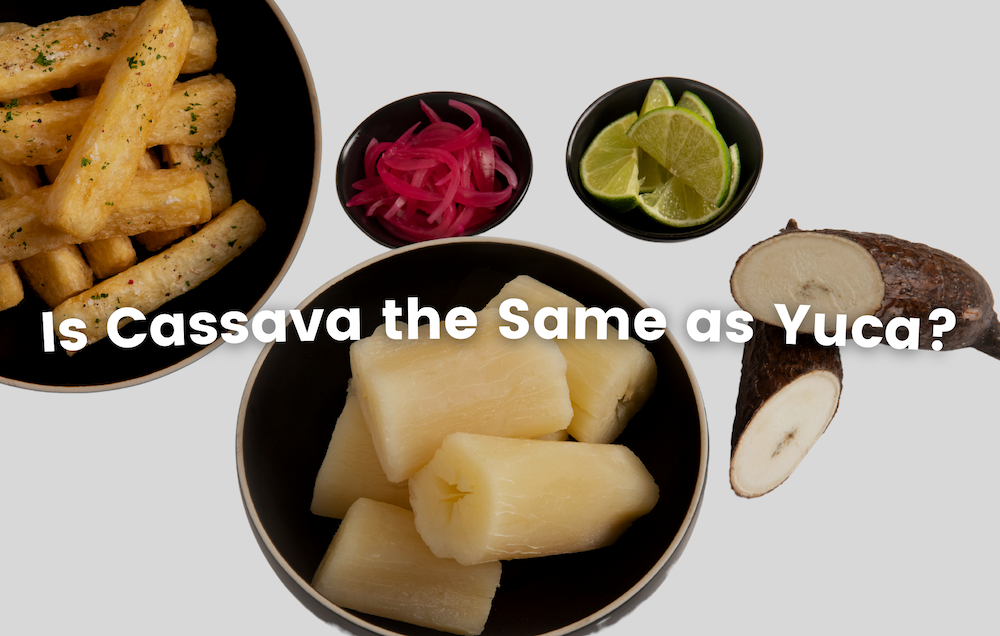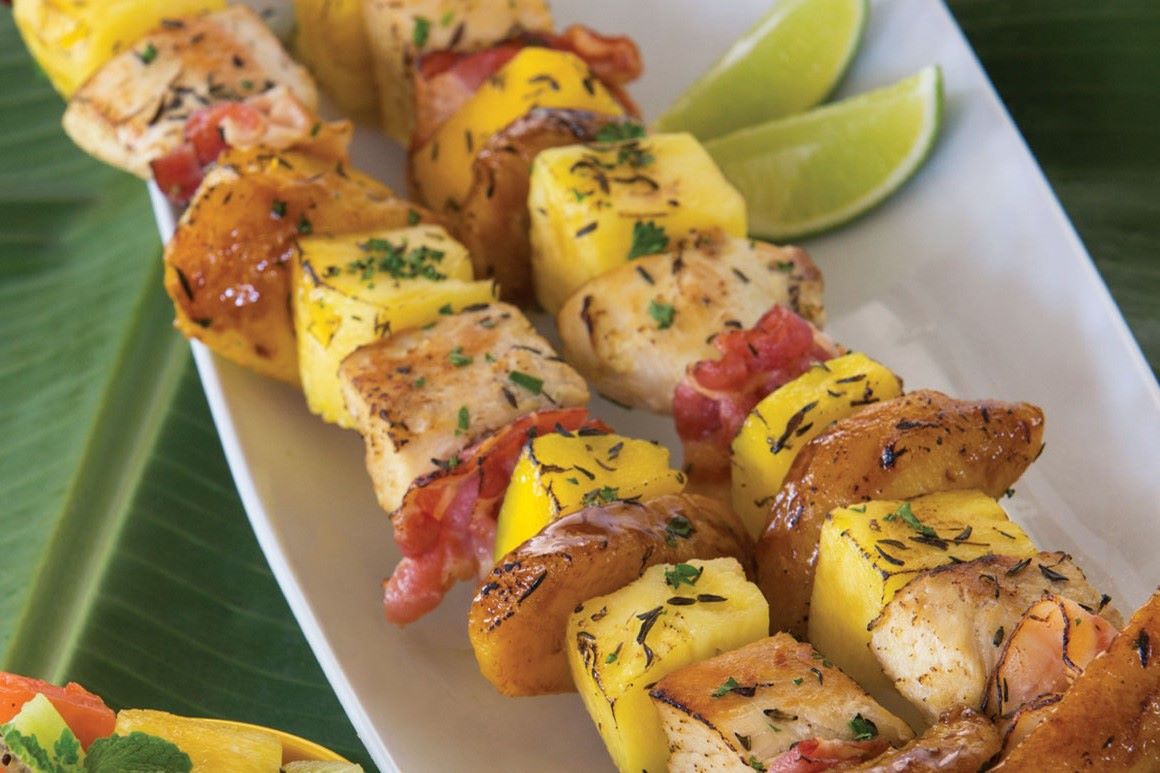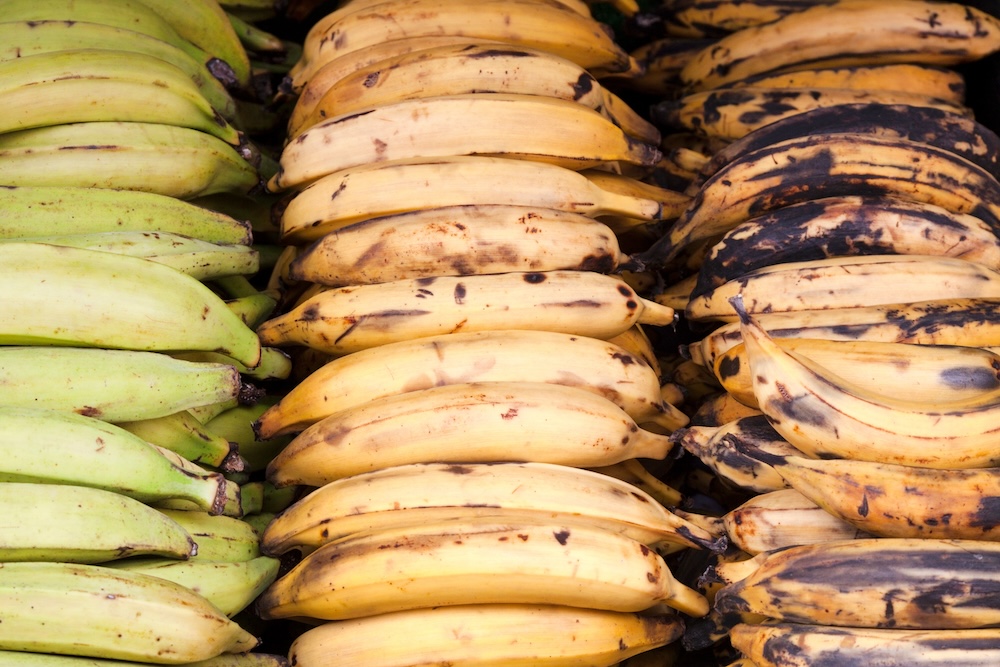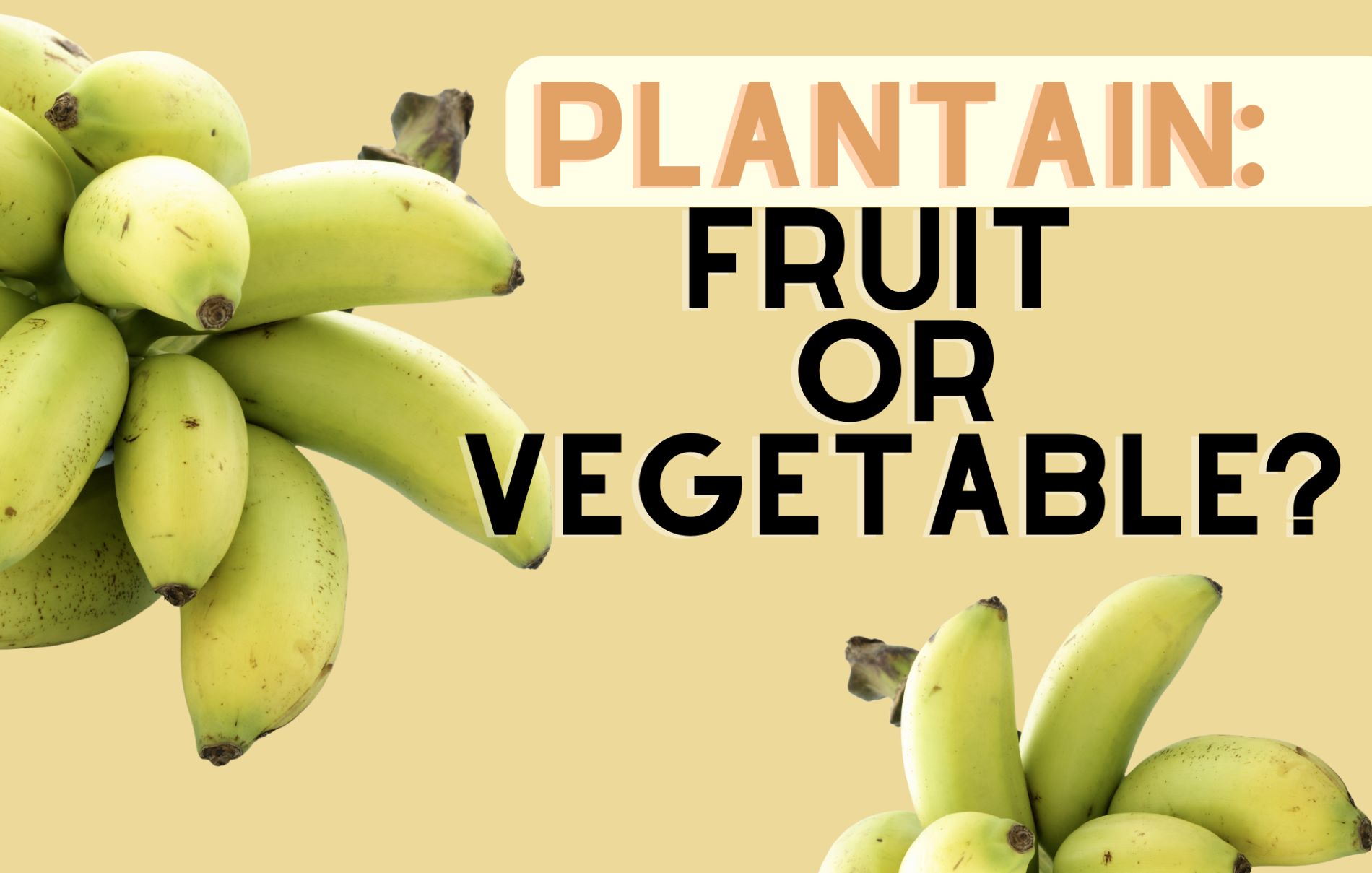Is Cassava the Same as Yuca?

At first glance, the terms “cassava” and “yuca” might seem interchangeable, and that’s because they often refer to the same starchy root vegetable. However, the way these terms are used, their cultural context, and their culinary applications can differ depending on where you are in the world. So, let’s peel back the layers of this versatile root to uncover the differences and similarities between cassava and yuca.
What Is Cassava?
Cassava is a root vegetable native to South America and a dietary staple in many tropical regions. Known scientifically as Manihot esculenta, it is a hardy plant that thrives in warm climates and nutrient-poor soils. Cassava is cultivated extensively across Latin America, Africa, and parts of Asia. This root vegetable is prized for its versatility, as it can be boiled, fried, baked, or ground into flour to make products like tapioca and cassava bread.
Cassava has a mild, nutty flavor and a dense, starchy texture. It’s an excellent source of carbohydrates and provides essential nutrients like Vitamin C and fiber. However, cassava must be properly prepared, as it contains natural cyanogenic compounds that can be harmful if consumed raw.
What Is Yuca?
Yuca is simply another name for cassava—but the term “yuca” is most commonly used in Spanish-speaking countries and within Latin American cuisine. When you hear “yuca,” think of it as cassava’s culinary alias, often prepared in traditional dishes like yuca con mojo (yuca with garlic sauce) or frituras de yuca (fried yuca). This linguistic distinction helps connect the root vegetable to its cultural roots, as it’s deeply embedded in Latin American and Caribbean cooking.
It’s important not to confuse “yuca” with “yucca,” a completely different plant native to North America, often associated with decorative desert landscaping. Yucca is not edible, while yuca (cassava) is a beloved kitchen staple.
Are Cassava and Yuca the Same?
Yes, cassava and yuca refer to the same root vegetable. The difference lies primarily in the terminology and the cultural context in which the terms are used. Whether you call it cassava or yuca, you’re talking about the same nutrient-rich, versatile root that has been feeding communities around the globe for centuries. In many English-speaking countries, “cassava” is the more commonly used term, especially in discussions about agricultural production, nutritional content, or its use in processed products like tapioca. Meanwhile, “yuca” is widely used in everyday conversation in Latin America, the Caribbean, and among Spanish-speaking communities in the U.S., where the root vegetable is celebrated as a key ingredient in traditional recipes.
This dual naming reflects the global appeal of this humble root. Cassava’s adaptability and role as a food staple in diverse cultures highlight its importance. For example, in Africa, cassava is used to make fufu, a dough-like dish that pairs with soups and stews, while in the Philippines, it’s turned into sweet cassava cake. In Latin American cuisine, yuca finds its place as a side dish or fried snack, showcasing how the same root vegetable can take on a variety of delicious forms across the world.
How Is Cassava (Yuca) Used?
Cassava’s culinary versatility is unmatched, making it a valuable ingredient in many cuisines worldwide. Here are just a few ways cassava—or yuca—is used:
- Boiled: Yuca can be peeled, boiled, and served as a side dish, often with a drizzle of olive oil, garlic, or citrus-based sauces.
- Fried: When cut into wedges or sticks, cassava fries are a popular snack or accompaniment to meals. They’re crispy on the outside, soft on the inside, and utterly satisfying.
- Mashed: Similar to mashed potatoes, yuca can be mashed and seasoned for a creamy, hearty side dish.
- Ground into Flour: Cassava flour is gluten-free and a staple in baking, used to make everything from flatbreads to cakes.
- Tapioca: Cassava is processed into tapioca pearls or flour, which are commonly used in desserts, bubble tea, and thickening sauces.
Why MIC Food® Loves Cassava (Yuca)
At MIC Food®, we’re passionate about delivering high-quality, ready-to-use cassava products that help chefs and foodservice professionals reimagine their menus. From peeled and cut yuca to pre-made cassava fries, our products are designed to save you time in the kitchen while ensuring consistent, delicious results.
With cassava being such a versatile and culturally rich ingredient, it’s no wonder it’s a favorite among chefs and diners alike. Whether you’re serving up traditional Latin American dishes or experimenting with new culinary creations, cassava (or yuca) is the perfect canvas for bold flavors and creative recipes.
Explore Cassava with MIC Food®
Ready to add cassava to your menu? MIC Food® offers a wide range of cassava products that are peeled, cut, and ready to cook. Say goodbye to hours of prep time and hello to convenient, high-quality ingredients that elevate every dish.
Need inspiration? Check out our recipe library for exciting ways to incorporate cassava into your kitchen. And don’t forget to ask our chef for tips on how to make your cassava creations unforgettable!



